Innovative LED Glass Railings: Revolutionizing Architectural Design with Smart Technology
 Feb 22,2025
Feb 22,2025

 HDSAFE
HDSAFE
Innovative LED Glass Railings: Revolutionizing Architectural Design with Smart Technology
In recent years, LED glass railings have emerged as a cutting-edge solution in modern architecture and interior design. Combining luminous technology with transparent structural elements, these railings redefine the boundaries between functionality and aesthetics. From high-end residential projects to commercial skyscrapers, LED glass railings are transforming urban spaces by offering unparalleled visual appeal, energy efficiency, and safety features.
1. The Rise of LED Glass Railings in Architectural Design
The integration of LED lighting systems into glass structures represents a significant leap in architectural innovation. Unlike traditional railings that rely on external lighting or opaque materials, LED glass railings incorporate thin-film LED panels directly into the glass surface. This allows for seamless illumination that highlights the glass's transparency while creating dynamic patterns or ambient light effects.
Key benefits include:
- Energy Efficiency: LED technology consumes up to 75% less power than incandescent bulbs, aligning with sustainable building standards like LEED and BREEAM.
- Customizable Lighting: Programmable LED systems enable dynamic color changes, dimming, or motion-activated features, enhancing interior design flexibility.
- Space Optimization: Transparent railings eliminate visual obstructions, making spaces feel larger and more open.
2. Technical Advancements Behind LED Glass Railings
Modern LED glass railings rely on advanced engineering techniques to balance durability and performance. Materials such as tempered glass or laminated glass are paired with flexible LED strips embedded within the structure. Innovations like conductive inks and optical films ensure even light distribution while maintaining structural integrity.
Key Components:
- LED Modules: Low-profile, high-brightness LED chips mounted on a circuit board.
- Glass Substrate: UV-resistant and scratch-proof glass to withstand environmental factors.
- Power Supply: Integrated wiring systems or wireless charging options for low-maintenance operation.
3. Applications Across Industries
LED glass railings are versatile and suitable for diverse environments:
- Residential Buildings: Staircases, balconies, and terraces in luxury homes use LED railings to create a cozy yet modern ambiance.
- Commercial Spaces: Hotels, offices, and shopping malls employ them for wayfinding, branding, or accent lighting.
- Public Infrastructure: Pedestrian walkways, parks, and transit stations utilize their safety-enhancing glow during low-light conditions.
4. Design Trends Shaping the Future
The popularity of LED glass railings is driving new trends in design:
- Minimalist Aesthetics: Clean lines and monochromatic LED lighting emphasize simplicity and sophistication.
- Interactive Features: Motion sensors or voice-controlled lighting add a smart home dimension to residential spaces.
- Biophilic Design: Mimicking natural light patterns to improve occupant well-being in urban environments.
5. Challenges and Considerations
While LED glass railings offer numerous advantages, several factors must be addressed:
- Cost: Initial installation can be expensive compared to traditional railings. However, long-term energy savings often offset this.
- Heat Management: Proper ventilation is essential to prevent overheating of LED components.
- Maintenance: Routine cleaning and inspections ensure optimal performance and lifespan.
6. Sustainable Building Solutions
LED glass railings align with green building certifications by reducing energy consumption and carbon footprints. Their recyclable materials and long operational life (up to 50,000 hours) further contribute to environmental sustainability.
Conclusion
LED glass railings represent a paradigm shift in how we perceive functional elements in architecture. By merging smart technology, aesthetic design, and sustainability, they offer a versatile solution for architects, developers, and designers. As urbanization continues to grow, these railings will likely play a pivotal role in creating future-proof spaces that blend innovation with human-centric design principles.
 Widest range
Widest range +8613925916091
+8613925916091  chenrui.sh@163.net
chenrui.sh@163.net
 Home
Home What Is a Glass Railing? A Comprehensive Guide to Modern Architectural Elements
What Is a Glass Railing? A Comprehensive Guide to Modern Architectural Elements  You May Also Like
You May Also Like



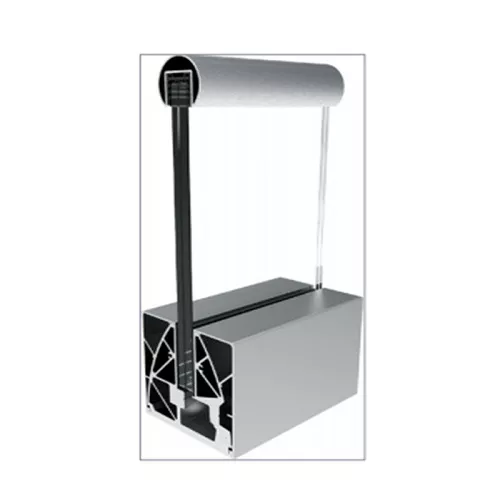
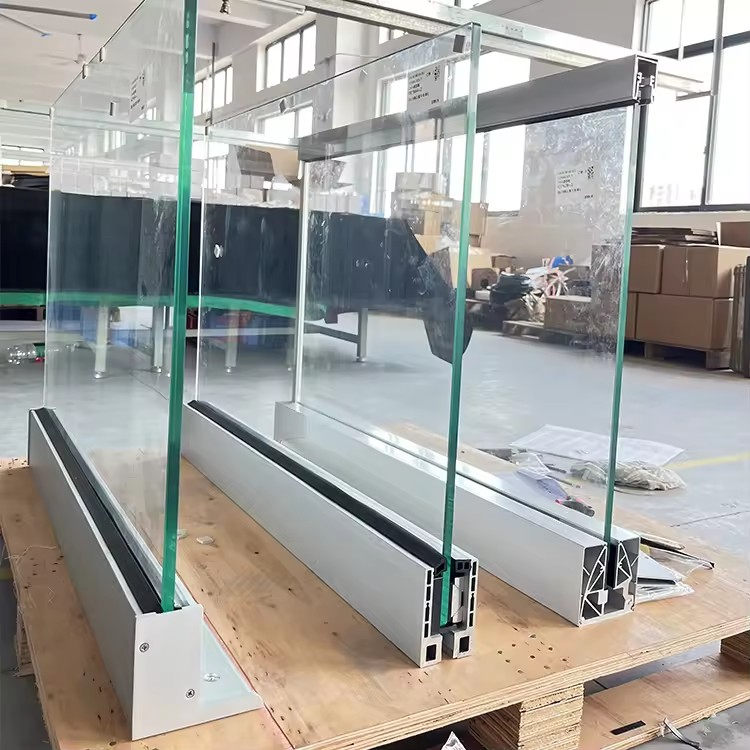
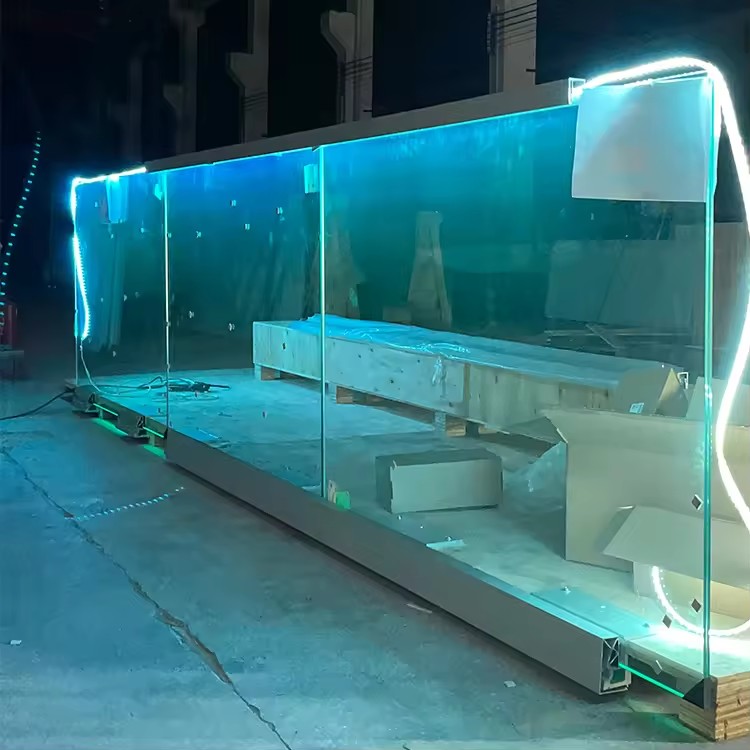
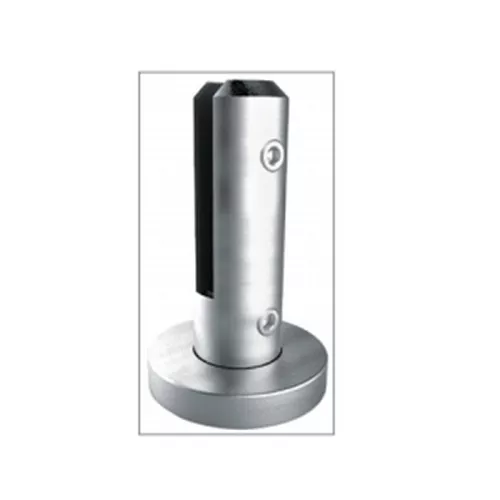
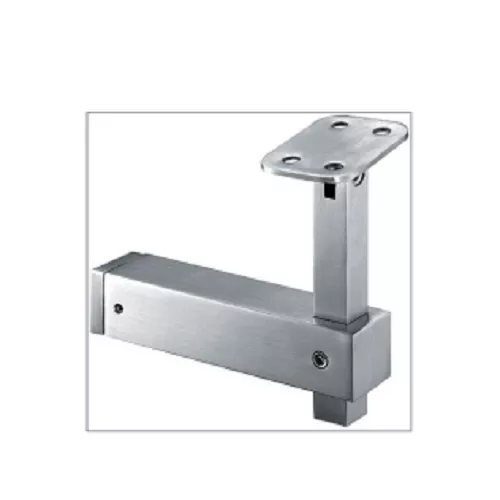

 Tel
Tel
 Email
Email
 Address
Address












